An Asiatic wild ass made history when it became the first of its species to cross into the eastern steppe in Mongolia in nearly seven decades.
The Gobi-Steppe is among the largest grazing ecosystems in the world and home to a unique diversity of migratory animals. However, since 1955, the Trans-Mongolian Railroad has stood as an impenetrable barrier to some of the large animals that once moved freely across the massive region, including the Asiatic wild ass or khulan (Equus hemionus hemionus).
A photo released by the Wildlife Conservation Society (WCS) Mongolia shows the khulan crossing the railroad through a new “wildlife-friendly fence corridor” on March 16 this year. The corridor was created by modifying and removing fencing in three locations along the railway. WCS implemented the project in partnership with the Ulaanbaatar Railroad Authority and the Mongolian Academy of Sciences.
“The documentation of the return of khulan to the eastern steppe is an event that should be heard around the world.” WCS Mongolia conservation director Kirk Olson said in a statement. “A seven-decade old barrier dividing one of the remotest places on the planet is coming down and [is] a starting point for reconnecting the Gobi-Steppe Ecosystem and revitalizing the spectacular wildlife migrations that dwarf the more celebrated Serengeti Ecosystem.”
The khulan crossed the line 750 kilometers (466 miles) from the Mongolian capital, Ulaanbaatar, and was captured by one of the 85 remote cameras set up by WCS along the railroad. Cameras have also documented herds of Mongolian gazelle (Procapra gutturosa) and goitered gazelle (Gazella subgutturosa) passing through the crossing into the vast new territory.
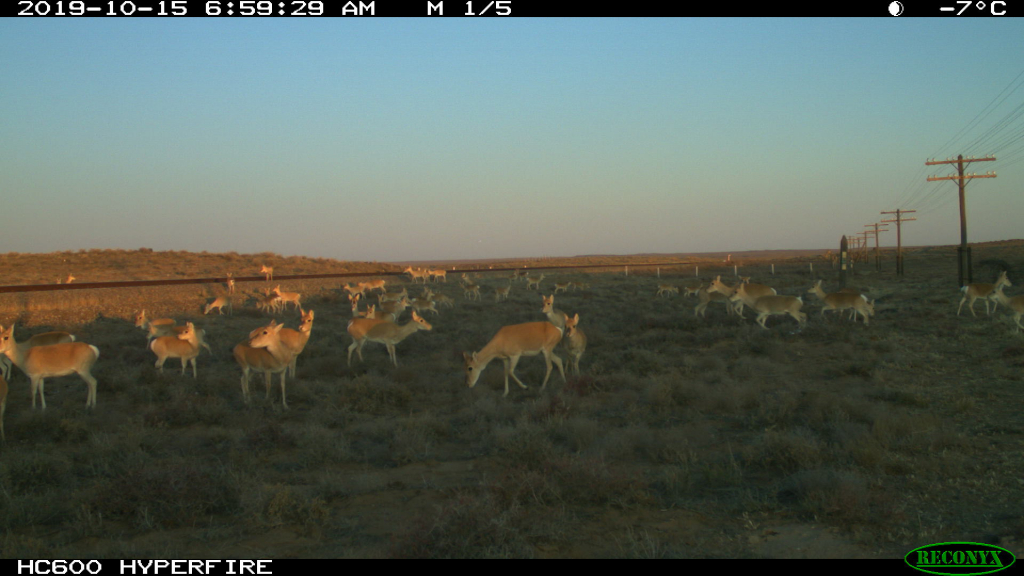
Mongolian gazelle and goitered gazelle can crawl under fences, but each year thousands either become entangled in the fence or die of starvation due to lack of access to quality grazing pasture.
Individual khulan roam over thousands of square kilometers, making the scale of their movements among the largest described for land mammals. However, khulan cannot jump over or crawl under fences. So the construction of the 2,215 kilometer (1,376 mile) long Trans-Mongolian Railroad, which runs vertically through Mongolia from Ulan-Ude, Russia to Jining, China, contributed to a loss of about 50% of species’ range.
Habitat degradation, competition from grazing livestock, poaching, and human development pose additional threats to the khulan, which are globally assessed as near threatened on the IUCN Red List. Their population is estimated at around 60,000 individuals in Mongolia.
“In my opinion, for this moment, these gaps are not sufficient to allow for a meaningful migration of the species,” Nandintsetseg Dejid, a postdoctoral researcher at Senckenberg Biodiversity and Climate Research Centre (SBiK-F) in Germany told Mongabay in an email. SBiK-F contributed twenty camera traps to WCS for the fence removal monitoring.
“This is a pilot project where researchers want to test whether the gaps work or not. There will be more fence removal mitigation if the pilot project is successful for the crossings and if there is no strong conflict with herders’ livestock,” Dejid said.
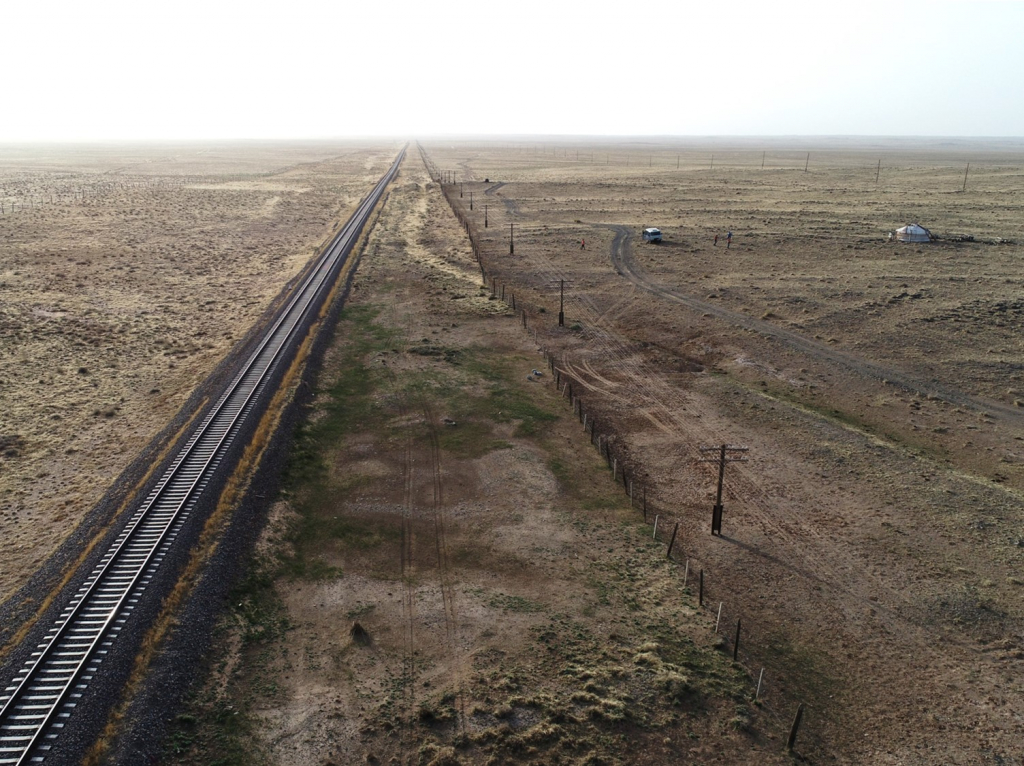
Removing the fence to allow for wildlife crossing has several benefits, according to Dejid. It increases access to good pasture and water sources for the khulan and leads to ecosystem-level effects such as nutrient flow and seed dispersal of plants eaten by the khulan and other large migratory animals. Moreover, the khulan is known to dig for water in dry riverbeds, providing water sources to other wildlife.
“The khulan is also a charismatic species and so the return of khulan to the Steppe will increase ecological knowledge of younger generations growing in the Steppe,” Dejid said. (Mongabay)
 3,575.44
3,575.44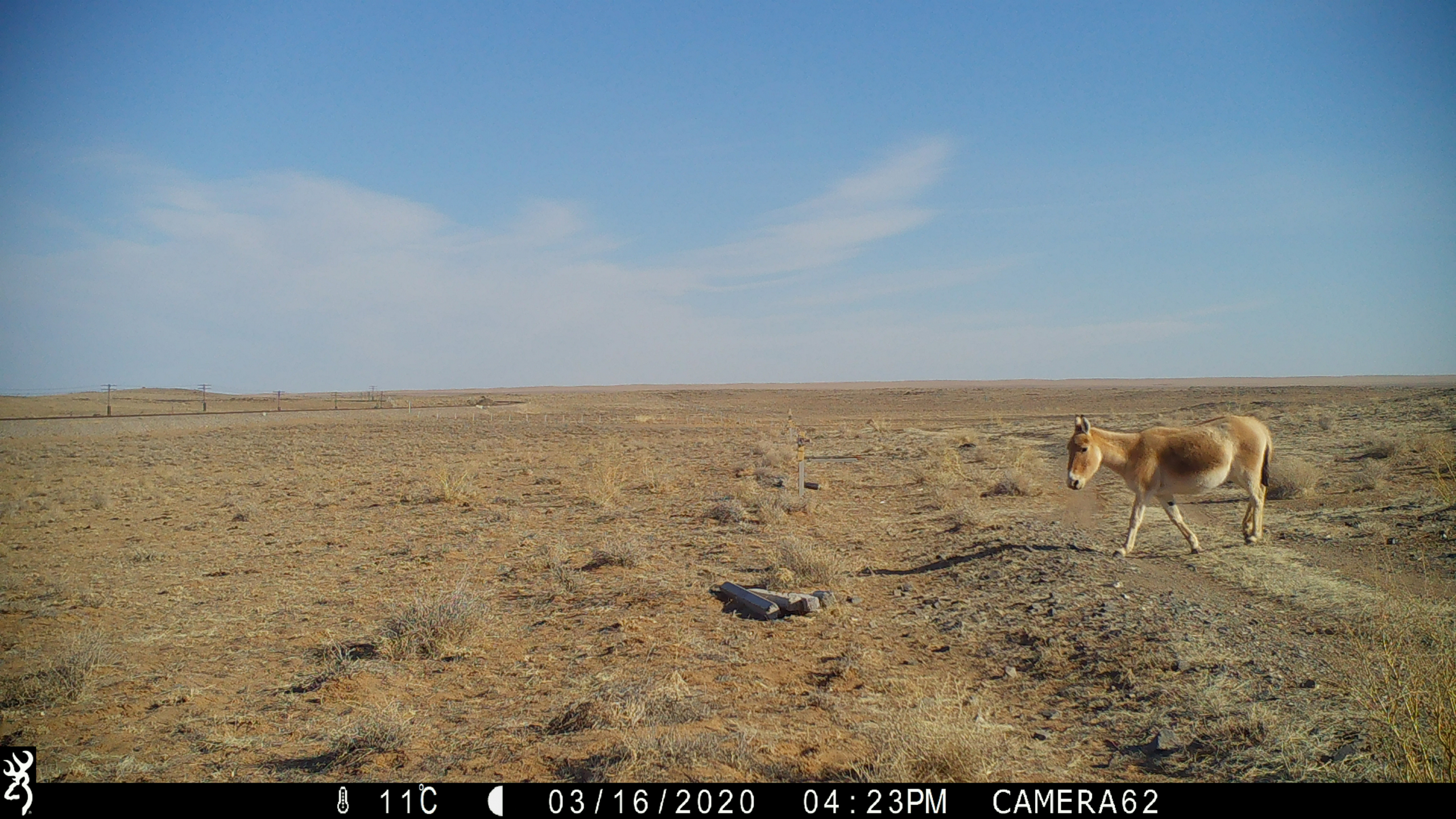









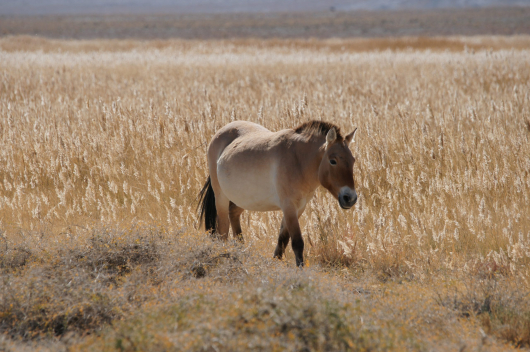

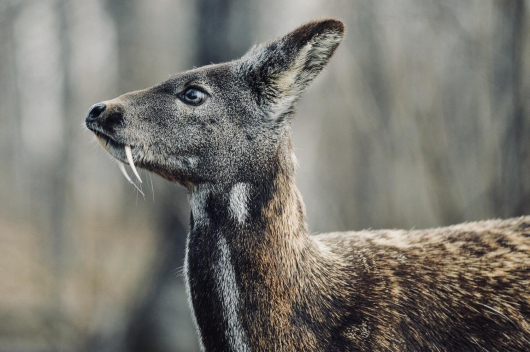
Related News